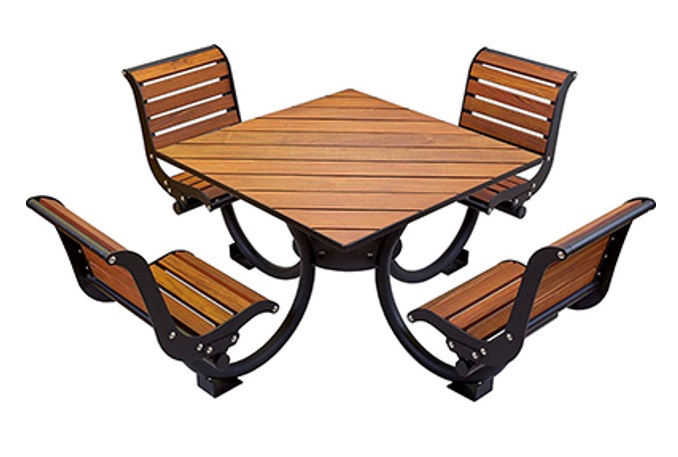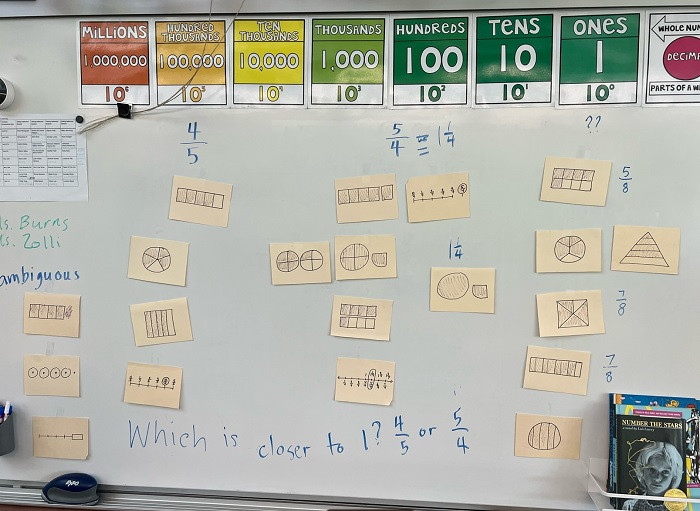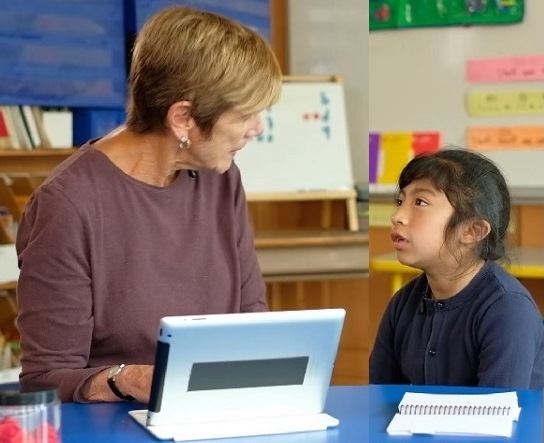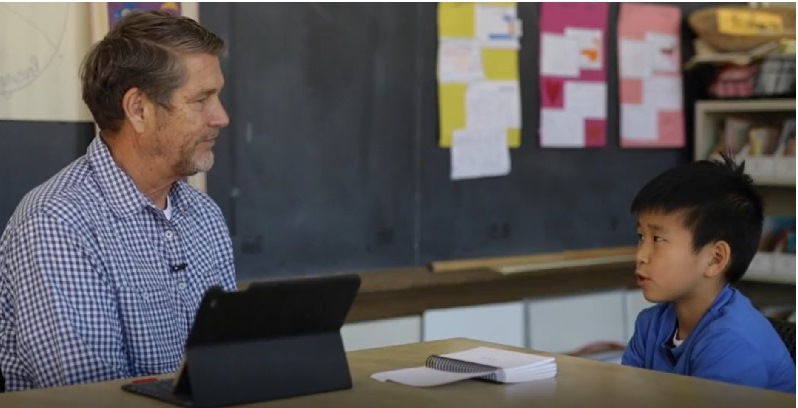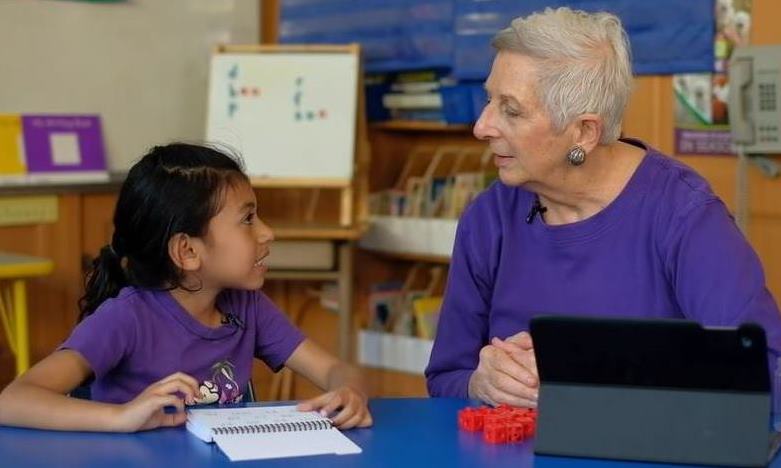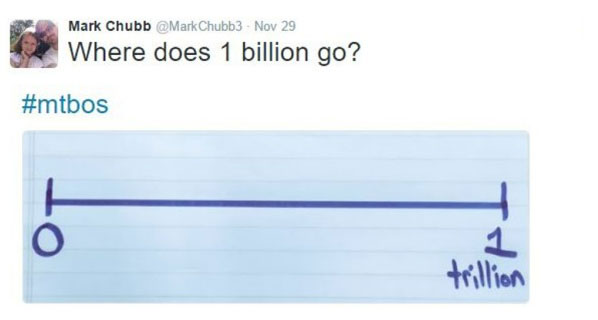
This is a Tweet that has stayed in my mind for more than 7 years. I’m finally figuring out how to use it in the classroom. Here I describe my process for planning a lesson that would engage students in thinking about number lines and place value.
Marilyn BurnsFebruary 12, 2024

